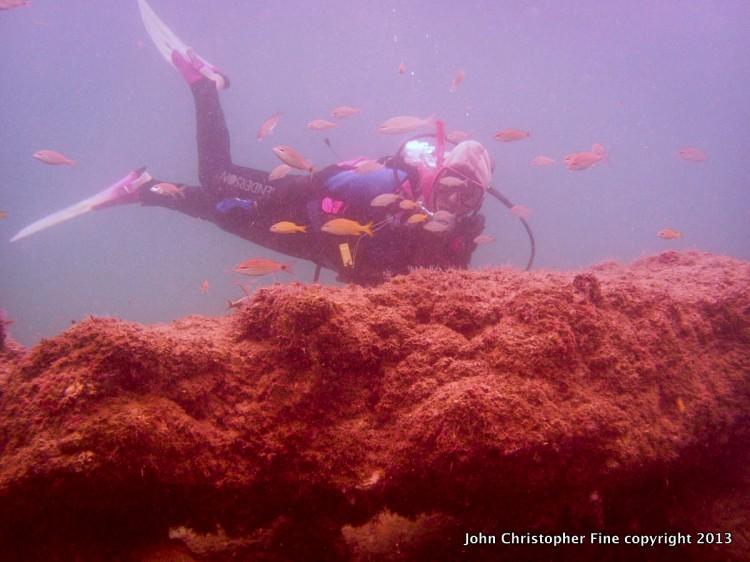“It is the best muck diving in the country,” Skip Commagere said. Not a very complimentary description for the newest underwater trail in Palm Beach County, Florida. Muck divers are a special breed of underwater photographers. They seek out places that harbor weird ocean creatures. Spots that are protected from currents, waves and storms where underwater shelter provides niches for juvenile marine organisms to grow to adulthood. The term muck diving usually means these divers are willing to search the depths of backwaters and bays where the bottom is often mucky.
This is not the case at the Phil Foster Park Snorkel Trail under the east end of the Blue Heron Bridge where the bottom is clean white sand. It is a public county park provided with lifeguards and ample free parking.
“Blue Heron Bridge was a local secret spot. Only old time locals knew about it,” Commagere added. There are few off the beach diving sites with free parking. Divers can pull up to the curb at the east end of the Bridge, back into a free parking spot, unload their gear and suit up at handy wooden picnic tables, usually unoccupied except during weekends. Fresh water showers enable divers to rinse their gear after a dive.



